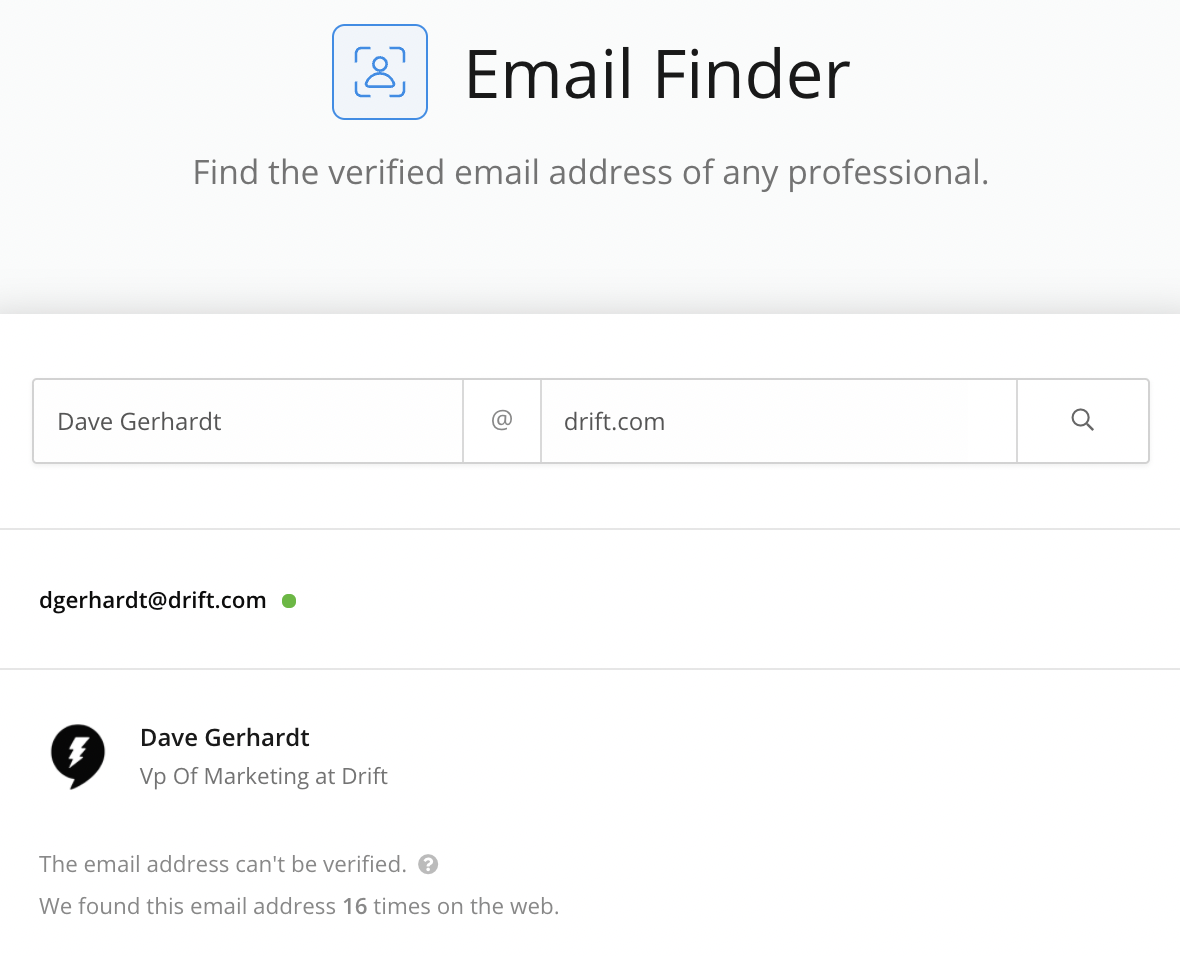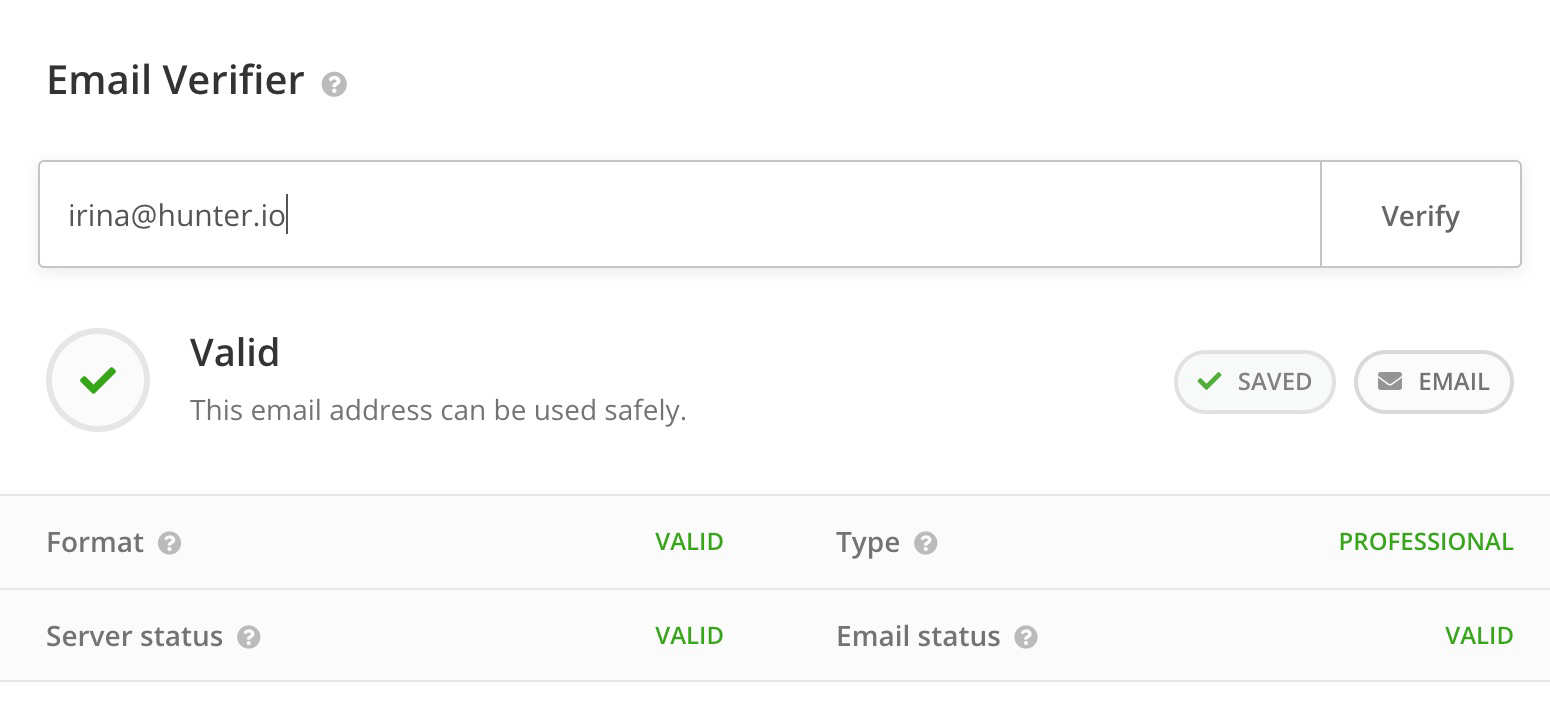
Targeted Email Outreach For Agencies – Create Email Sequences That Convert
Last update: 27 April 2023 at 11:51 am
When it comes to marketing, agencies try out digital ads, and brand collaboration to cast a wide net and hope that someone takes the plunge.
However, very few personally reach out to highly qualified clients via emails. Targeted email marketing campaigns can very well be the marker of success when your agency is vying for attention in an overcrowded market.
Folks at DMA tried to quantify the power of targeted email outreach, and they found that the average ROI is $55 for every dollar spent on email marketing – a shockingly good number indeed!
But email marketing isn’t only about a great ROI, successful marketers swear by cold outreach because it’s very easy to implement, scale, and analyze.
Agencies can cut costs in brand promotion and sponsorship by focusing on closing clients with targeted email campaigns. When done right, it’s capable of taking your agency to the next level. But that’s the trick here. It’s very easy to mess up email marketing campaigns and land in the spam folders, especially for agencies.
In this article, we’ll lay out a 6-step targeted email marketing campaign that’ll help your agency build a steady flow of clients and nurture a warm brand reputation and identity.
Step 1. Find Your Leads
To understand the market, the competitors, the clients, and even your own brand, research is important. Targeted email marketing is not so different either.
To make sure your campaign hits the bullseye, start building your ideal customer profile (ICT). Find out what companies you should target, what challenges they’re facing and how your agency can solve the problem or improve their existing business structure.
Do you need |
Discover the most relevant agencies for your project based on your own specific requirements.
Show me agenciesAfter jotting down the goals, it’s time to find the people to reach out to. LinkedIn and Twitter are goldmines for B2B lead generation. Founders and executives are often found sharing ideas and networking with folks with similar interests.
They also share their contact details which you can use to build your list. Depending on your industry, you can also find highly relevant people in Facebook groups, Discord servers, and by using Hunter’s email finder.

However, emailing the first person you find from your target company will not lead to a response because it’s not everyone’s job to reply to cold emails.
You need to find the decision-makers in the company. Let’s assume your agency offers graphic designing services. You cannot reach out to the content editor of a company and expect a reply. You have to be very precise in your lead generation approach and find only the relevant people.
Step 2. Cleaning and Segmenting Your Lead Lists
Now that you have a list, it’s time to clean it. The internet will not come up with accurate email addresses all the time.
People leave jobs, change positions, create new addresses and even stop checking old inboxes. You need to use an email verifier to make sure your email marketing campaign isn’t filled with irrelevant or inactive addresses. It’s important to prune lead lists because of two reasons:
- Bounce rate: If you send emails to accounts that have been deleted or can’t receive emails right now, you’ll have a high bounce rate. The higher the bounce rate, the more likely your emails will be marked spam and stop being delivered in the future.
- Reputation score: An email service provider (ESP) looks at your domain and mail history to establish connections and you can’t have a history of sending emails to addresses that don’t want them.

After you trim your list, you need to dive deeper and segment them. Think about it – not every business needs the exact same graphic designing services from you. Some might need to elevate their social media game, some might want to add a new element to their brand identity or some might want you to create physical billboard designs.
List segmentation is the process of creating smaller groups of contacts that share the same characteristics. This can be company sizes, goals, spending capabilities, scalability, industries, etc.
You can club the similar ones together and tweak your cold emails to fit their needs. Segmentation is essential because it allows you to hyper-personalized your emails.
Remember that with any of these tasks, you can outsource them to a specialized email marketing agency that can save your in-house team a lot of time.
Step 3. Writing an Email Copy
Most agencies are aware of what a good copy can do for their website. But they rarely spend enough time perfecting their email body, especially for cold outreach.
When it comes to writing a cold email, personalization is the key. Let’s start with the introduction.
While searching for leads, you’ll come across some recent developments in their professional careers or topics they want to discuss the most. Start your email by addressing by their name and a recent activity that shows that you did your research. Hard work creates an instant impression.
Then, tie your services to show how you can improve their business. Don’t forget that your target audience might not know who you are so they’ll only care about what you can do for them (hence the “cold” aspect of the campaign). Always keep the focus on them rather than you. The fewer the use of words like ‘we’, and ‘us’, the better.
Target Audience Analysis: What Is It? How to Do It?
Everyone wears shoes, but not everywhere wears heels. If you sell designer pumps, you will want to know how to market to target the people who want your specific shoes. Target audience analysis is how to do that. Your brand’s success relies on marketing efforts that collect demographic and psychographic data of not only your […]
Keep the email short and precise. Use the inverted pyramid structure to put the most valuable content at the top. Stick to relevant messages throughout the body and end the email with a clear CTA. Leading email audiences to a particular channel is crucial and you don’t want to confuse them with multiple calls to action.
Your email content should flow nicely and readers must be able to skim quickly. Keep the paragraphs short, use spaces and add visuals, but not at the cost of making the email large.
InVision’s email layout perfectly showcases how personalized email campaigns should look. The targeted message is specifically crafted for the recipient, while the visual identity and clarity of the message are on point.

Step 4. Testing Different Subject Lines
Subject lines often make or break targeted outreach emails. Of all the things you can get wrong in an email campaign, subject lines are the easiest.
Ideally, subject lines should invoke curiosity and push you to open the emails. Unfortunately, a lot of marketers take this as a cue to push deceptive, hyperbolic, and completely irrelevant lines that are ultimately marked as spam.
Here are two bad subject lines:
1. $100 inside! Open the email NOW!
2. Your account has been breached! Take action!
Spam filters are smart enough to see through these tactics and as an agency, you can’t afford to see your emails going into a spam folder.
Here are some rules you need to follow:
- Be honest, and drive straight to the point. The subject line is a small but valuable real estate
- Invoke curiosity but with creativity. Add the value right at the front to encourage people to open the email
- Don’t forget to experiment with emojis or punctuation marks if it fits your ICP
- Avoid words that trigger spam filters
- Don’t forget to utilize the preheader text box to elaborate your subject line
Swiggy combines the subject lines and the preheader texts to create irresistible emails:

Step 5. Create a Follow-up Sequence
Targeted email campaigns don’t end with sending an email to the recipient. There’s a good chance you won’t receive a reply, regardless of how great a subject line and copy you’ve used.
Cold prospects need time to warm up to cold senders and in most cases, they don’t have enough time to go through all the emails.
A follow-up email sequence convinces leads that are not sure about your services. You can do it by expanding the core message of your first email, adding new content, and attaching some freebies that can help the recipient’s business.
Since most of the conversations happen after the second follow-up, it is important to have a proper sequence in place. Follow-up frequency preferences vary wildly across the globe, but it’s generally acknowledged that 2-3 emails spread across 14-28 days can end up closing the deal for you.
However, following up on hundreds of emails can be draining. You can automate follow-up campaigns by using an email marketing tool and adding your template, number of follow-ups, and days. It’s important to remember that you should be earnestly persuasive in your follow-ups, and not intrusive or pushy.
This follow up email adds a touch of humor and build upon the CTA of the previous email:

Step 6. Test Your Targeted Email Outreach Campaign
Just like a lot of things in life, practice makes email marketing campaigns perfect. One way to practice, optimize and improve your targeted outreach sequences is by gathering data and tracking the metrics.

Cold emails are not one size fits all solutions so what works for one account might not work for the other. Subject lines are the first element you need to test. Try two variables in small batches to see which one sticks and use similar ones for other accounts.
Next, tweak the email design and body to create a new visual identity. Third, play around with the CTA button to see which has more success in leading recipients to your landing page.
By testing out different aspects of the email, including the days and times, you’ll be able to fill the gaps in your campaign and see a better response rate going forward.
If you’re sending marketing presentations or promo materials in PDF format, look into PDF tracking to gather more engagement analytics
Conclusion
Targeted email marketing campaigns allow agencies to focus on quality over quantity, and close bigger deals to keep their revenues soaring. The 6 step process discussed above should give you a nice understanding sending targeted emails that convert and bring more revenue to your agency.






